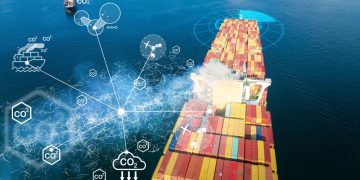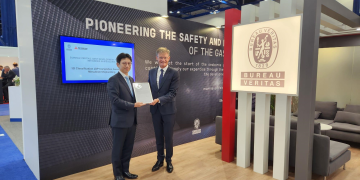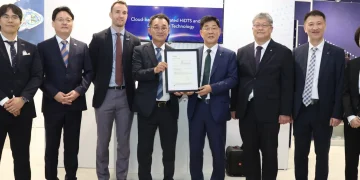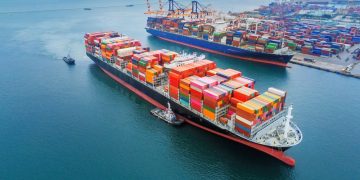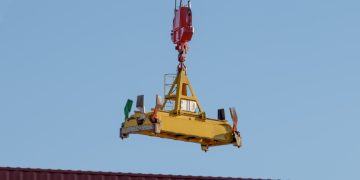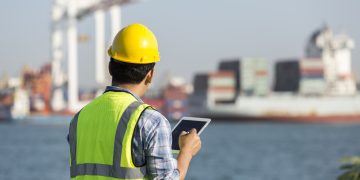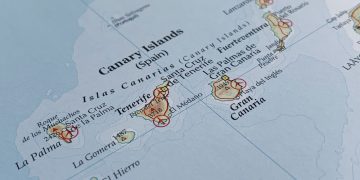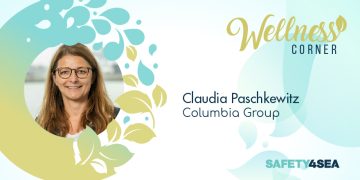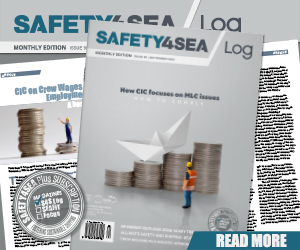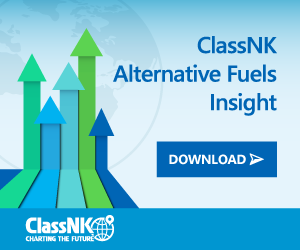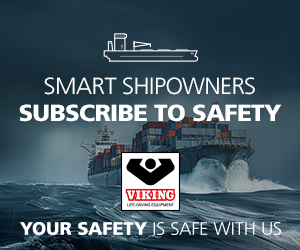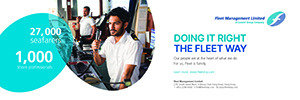EU – Monitoring, Reporting and Verification of CO2 Emissions
The West of England P&I Club issued an article regarding EU Regulation on the Monitoring, Reporting and Verification of CO2 Emissions. European Union (EU) drafted a proposal to amend EU Regulation 525/2013 and implement requirements for the Monitoring, Reporting and Verification (MRV) of carbon dioxide (CO2) emissions from vessels. In 2013 the European Union (EU) drafted a proposal to amend EU Regulation 525/2013 and implement requirements for the Monitoring, Reporting and Verification (MRV) of carbon dioxide (CO2) emissions from vessels. This was the first of three steps proposed by the EU to reduce emissions of greenhouse gases. The second step in the EU plan is to set greenhouse gas targets for the maritime transport sector, with the third step being the introduction of further requirements, including market-based measures, in the medium to long term. The proposed regulations will apply to all vessels over 5,000 gross tonnes regardless of flag state making one or more visits to an EU port in a calendar year. The legislation will require the company holding the ISM Document of Compliance (DOC) to have in place an approved monitoring plan and to submit independently verified reports to the EU detailing the annual CO2 emissions for each ...
Read more

















